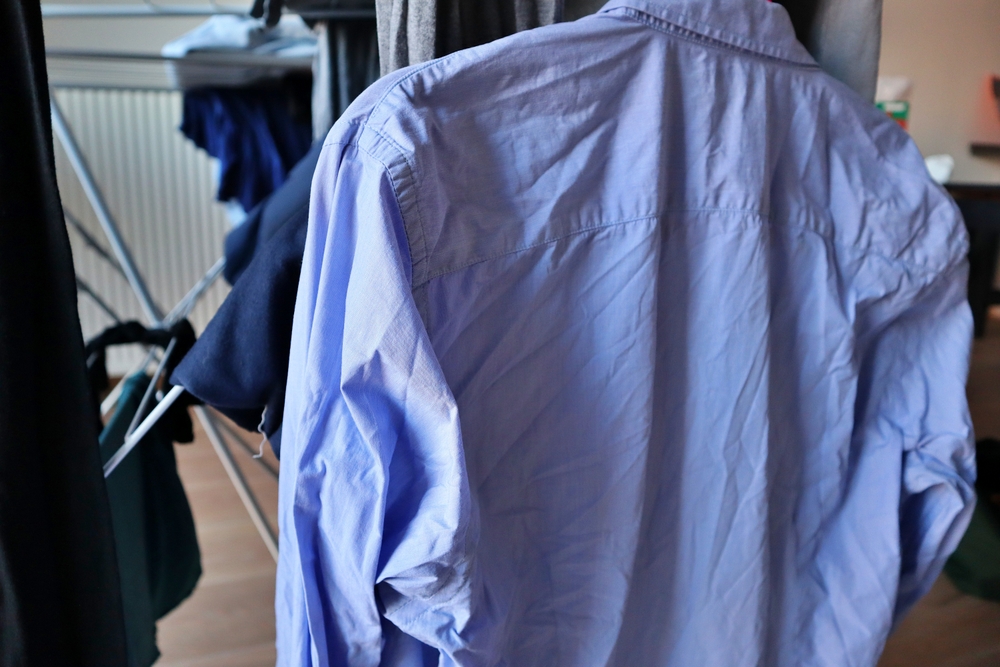Mastering Workplace Dress Etiquette: A Comprehensive Guide
Posted by Supply Crew on 24th Jan 2024
Workplace Dress Etiquette: Your Ultimate Guide
The way we dress in the workplace speaks volumes about our professionalism, attention to detail, and respect for the job at hand. Whether we like it or not, corporate uniform and our appearance make a powerful statement about who we are and how seriously we take our careers. Workplace dress etiquette plays a pivotal role in defining our image in the professional world.
This comprehensive guide will delve into the art of dressing appropriately for various workplaces, understanding dress codes, and mastering the nuances of grooming and personal style.
Dress Codes Explained
1) Understanding Formal Dress Code
- Formal attire is typically reserved for special occasions or high-level corporate settings.
- For men, it often means suits, ties, and dress shoes.
- Women may opt for elegant dresses, skirts, or pantsuits.
2) Business Casual vs. Smart Casual
- Business casual allows for a more relaxed attire without sacrificing professionalism.
- Smart casual strikes a balance between casual and formal, offering comfort and style.
3) Casual and Creative Dress Codes
- Creative industries often embrace a more relaxed dress code, encouraging self-expression.
- Casual dress codes may involve jeans, sneakers, or even T-shirts, depending on the workplace culture.
4) Dress Down Fridays
- Many workplaces have casual Fridays, but it's essential to understand the limits of casual attire on these days.
- Avoid attire that's too informal, like gym wear or beachwear.

Dressing for Different Industries
1) Corporate and Financial Sectors
- In finance and corporate sectors, professionalism reigns supreme.
- Classic suits, well-polished shoes, and conservative accessories are the norm.
2) Creative and Tech Industries
- Creative industries often embrace individuality and self-expression.
- Tech professionals may opt for a more casual and comfortable attire.
3) Healthcare and Medical Fields
- Healthcare workers prioritise comfort, hygiene, and safety in their attire.
- Clean and sterile uniforms are crucial in medical settings.
4) Hospitality and Customer-Facing Roles
- Customer-facing roles in hospitality demand a polished and well-groomed appearance.
- Uniforms often play a significant role in these professions.

Building a Versatile Wardrobe
1) Core Wardrobe Essentials
- Invest in classic pieces like tailored blazers, white shirts, and well-fitting trousers.
- Neutral colours provide versatility and ease of mixing and matching.
2) Mixing and Matching
- Create various outfits by pairing wardrobe essentials creatively.
- Accessories can transform a basic outfit into a stylish ensemble.
3) Investment Pieces
- Consider investing in high-quality, timeless pieces that last longer and maintain their elegance.
- These may include a quality leather bag or a well-crafted pair of shoes.
Grooming and Personal Hygiene
1) Importance of Personal Grooming
- Good personal hygiene is fundamental to maintaining a professional appearance.
- Regular bathing, dental care, and proper skincare should be noticed.
2) Skincare and Makeup Tips
- For the ladies, keep skincare routines simple and tailored to your skin type.
- Makeup should enhance your natural features without being overly dramatic.
3) Haircare and Styling
Well-groomed hair is essential; keep hair clean, neatly styled, and trimmed.
Consider hairstyles that are both professional and manageable.
Accessorising and Details
1) Selecting the Right Accessories
- Accessories should complement your outfit, not overpower it.
- Choose accessories that align with your personal style and the occasion.
2. How to Choose Jewellery
- Jewellery should be tasteful and not distract from your overall appearance.
- Consider factors like metal type and gemstone choices.
3. Watches and Other Timepieces
- Watches add sophistication to your attire and reflect punctuality.
- Choose a watch that suits your style and profession.
4. Paying Attention to Shoes and Bags
- Shoes and bags should be clean, in good condition, and appropriate for the occasion.
- Invest in quality, comfortable footwear.
Workplace Footwear
1) Types of Office-Appropriate Footwear
- Ensure your choice of shoes aligns with your dress code.
- From classic oxfords to stylish loafers, options abound.
2) Shoe Maintenance and Care
- Regularly clean and polish your shoes to maintain their appearance.
- Rotate your footwear to extend its lifespan.

Adapting to Seasonal Changes
1) Summer Attire
- Lightweight fabrics and breathable materials are essential for summer.
- Dress codes may relax during hotter months but maintain professionalism.
2) Winter Wardrobe Essentials
- Layering, wool suits, and warm accessories are key in winter.
- Don't let the cold compromise your style or professionalism.
3) Transitioning Between Seasons
- Transitional seasons require versatile clothing that can adapt to temperature shifts.
- Consider lightweight scarves, layering options, and adaptable outerwear.
Cultural Sensitivity in Dressing
1) Understanding Cultural Differences
- Be mindful of cultural norms and sensitivities in the workplace.
- Respect diverse backgrounds and avoid clothing that may offend.
2) Avoiding Cultural Appropriation
- Steer clear of wearing traditional attire from cultures you don't belong to.
- Appreciate and respect cultural diversity without appropriating it.
Dressing for Career Advancement
1) Dressing for Success
- Dressing professionally can boost your confidence and credibility.
- The right attire can influence career opportunities and advancement.
2) Power Dressing
- Power dressing involves wearing attire that exudes authority and confidence.
- It's often associated with leadership roles and important meetings.
3) Dressing for Interviews and Promotions
- First impressions matter in interviews; choose attire that aligns with the company's culture.
- For promotions, dressing a step above your current role can signal ambition.
Dress Etiquette Pitfalls to Avoid
1) Common Dress Mistakes
- Avoid common pitfalls like wrinkled clothing or visible undergarments.
- Dressing too casually for a formal setting can also be a mistake.
2. Inappropriate Office Attire
- Understand your company's dress code and avoid inappropriate attire.
- Racy or overly revealing clothing is generally unsuitable for the office.
3) Handling Dress Code Violations
- If you notice a colleague violating the dress code, address it discreetly.
- Report significant violations to HR if necessary.

Final Thoughts
Workplace dress etiquette is a complex but vital aspect of your professional life. Your attire, grooming, and attention to detail can significantly impact your career. By understanding dress codes, adapting to different industries, and mastering personal style, you can confidently navigate the world of workplace dress etiquette.
Remember that dressing appropriately is not just about following rules; it's about creating a positive impression, feeling confident, and advancing in your professional journey.
Supply Crew, a leading provider of premium retail-quality branded uniforms and merchandise, offers a comprehensive range of custom corporate wear solutions. With our expertise in fabric selection, we can guide you through the process of choosing fabrics and designs that meet your specific requirements.
Please call us today on +61 2 9418 8310 or leave an enquiry.

